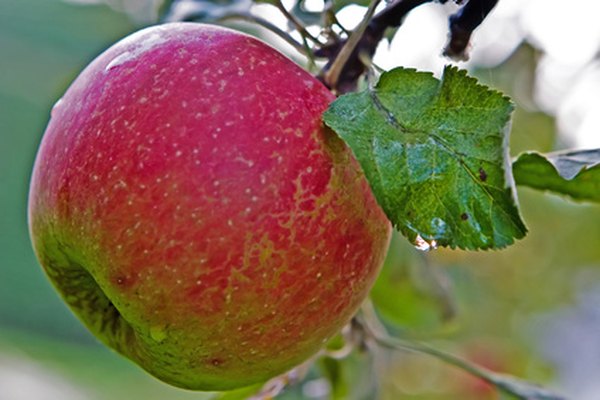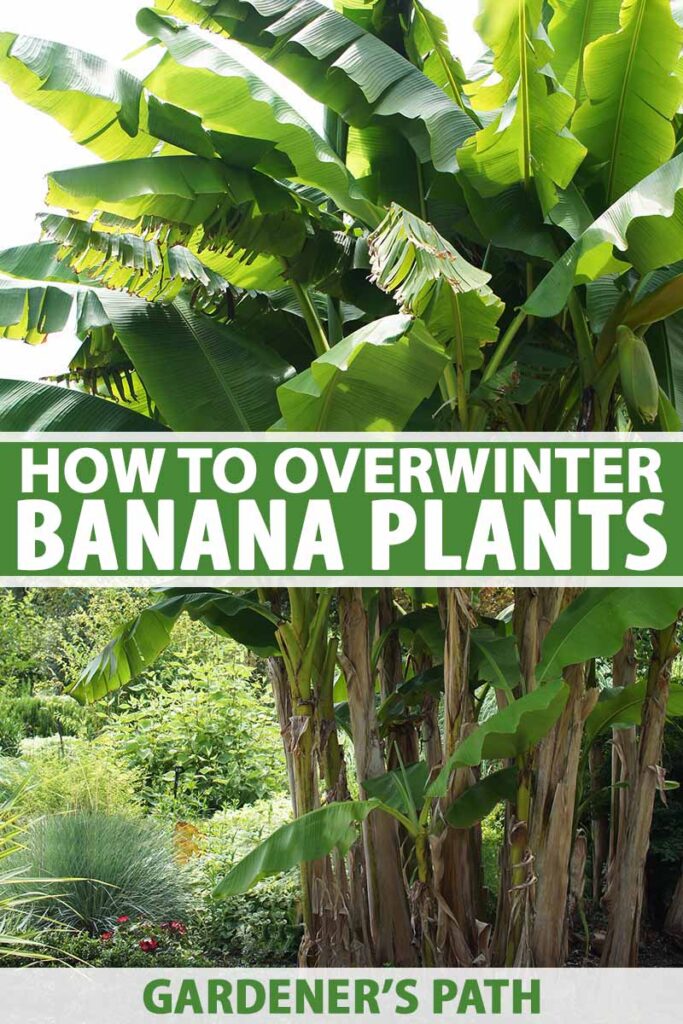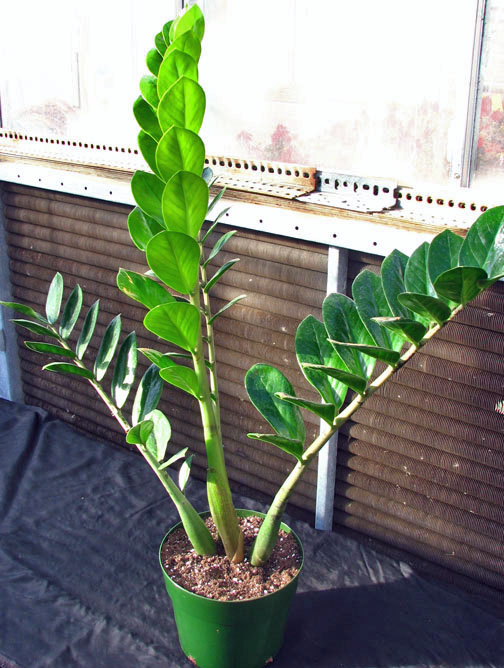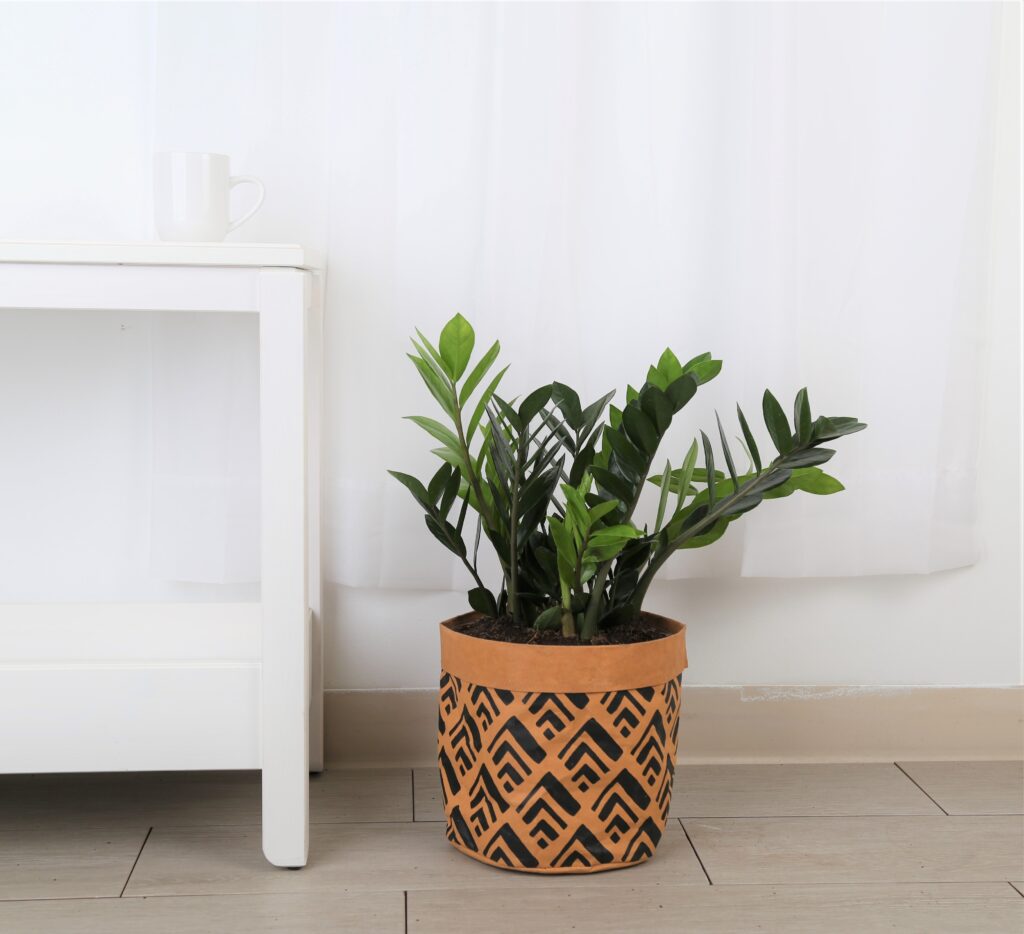The part of the plant that makes seeds for reproduction is the flower’s ovary. The ovary contains the ovules, which, after fertilization, develop into seeds.
Plants play a crucial role in most of the world’s ecosystems, providing food, oxygen, and habitat for numerous organisms. But have you ever wondered how plants reproduce? Seed production is one of the most significant ways that allows plants to reproduce and spread across different habitats.
Throughout the process of pollination, the male sperm joins with the female egg in the female reproductive structure of the plant, known as the ovary, which is located in the flower. The ovules inside the ovary subsequently fertilize and mature into seeds, which provide nourishment for the developing embryo and store energy until it’s ready to sprout. The development of seeds is critical for plant survival, growth and diversification.
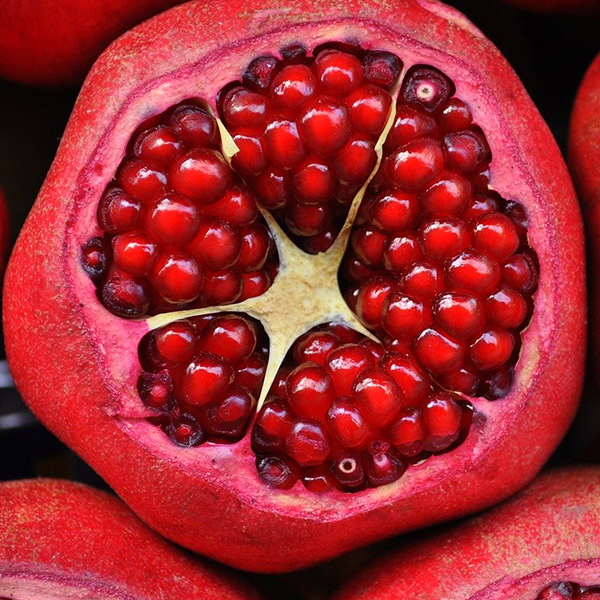
Credit: letstalkscience.ca
The Reproductive System Of Seed-Producing Plants
Male And Female Reproductive Systems In Plants
Seed-producing plants have male and female reproductive systems that produce seeds as a means of reproduction. Both systems work together in order to create a successful cycle of reproduction.
Male Reproductive System
- The male reproductive system of seed-producing plants is comprised of the stamen and anther.
- The anther is responsible for producing and releasing pollen, which contains male genetic material.
Female Reproductive System
- The female reproductive system of seed-producing plants is comprised of the pistil and stigma.
- The stigma is a sticky part at the top of the pistil that collects pollen from the air or from pollinators.
- The pistil contains the ovules, which are released for fertilization once they come into contact with the male genetic material.
Pollination Process And Fertilization
The pollination process is critical in plant reproduction, as it is the transfer of the male genetic material into the female reproductive system. This is how fertilization occurs, resulting in the formation of seeds. Here’s how it works:
- Pollination occurs when pollen is transferred from the anther to the stigma.
- Once the pollen is on the stigma, it will begin to grow a tube down the style of the pistil towards the ovule.
- Once the pollen tube reaches the ovule, male genetic material is released and fuses with the female genetic material, resulting in fertilization.
Role Of Flowers In Seed Production
Flowers play a crucial role in seed production, acting as the reproductive organs of the plant. Here’s what you need to know:
- Flowers contain both male and female reproductive systems, making them the perfect location for reproduction.
- The colorful and fragrant nature of flowers is also important in attracting pollinators like bees and butterflies, which aid in the pollination process.
Importance Of Environmental Factors In Seed Production
Several environmental factors are important in the production of seeds, with the absence or abundance of certain conditions impacting the plant’s reproductive success. Here are some key factors to consider:
- Temperature and humidity levels can impact the success of the pollination process.
- Availability of nutrients, water and sunlight are also important factors in the production and quality of seeds.
- Pests and diseases can also pose risks to seed production, affecting the quality and quantity of the eventual crop.
Understanding The Structure Of Seeds
Anatomy Of A Seed: Embryo, Endosperm, And Seed Coat
Before we dive into the importance of each part of a seed in plant reproduction, let’s first explore the anatomy of a seed. A typical seed has three main parts: the embryo, endosperm, and seed coat.
- The embryo is the tiny plant contained within the seed that will eventually grow into a mature plant under the right conditions. It consists of a radicle, cotyledon, and plumule.
- The endosperm is the food storage tissue that provides nutrients to the developing embryo and helps it grow until it can produce its food.
- The seed coat is the outermost layer that protects the seed from damage, dehydration, and pests. It also helps regulate water and gas exchange.
Importance Of Each Part Of The Seed In Plant Reproduction
Each part of a seed plays an essential role in plant reproduction. Without them, plants would not be able to survive and continue to produce new generations. Here’s a breakdown of their importance:
- The embryo contains genetic material from both the male and female plants and is responsible for creating a new generation of plants.
- The endosperm provides the necessary nutrients for the developing embryo until it can produce its own food through photosynthesis.
- The seed coat protects the seed from damage and parasites, and it also helps regulate water intake, which is crucial during the germination process.
Understanding the significance of each part is vital for the successful propagation of plants. The proper development of these parts during seed formation ensures that the plant will be able to sustain itself throughout its lifecycle and continue to produce viable seeds.
Growth And Development Of Seeds Into Plants
After a seed is planted, it begins to germinate, which is the process of a seed developing into a new plant. This is when the embryo inside the seed begins to grow and push through the protective seed coat.
- The first part of the plant to emerge during germination is the radicle, which develops into the plant’s root system.
- The cotyledon provides the necessary nutrients to the plant until it can produce its food through photosynthesis.
- The plumule emerges from the soil and grows into the stem and leaves of the plant.
Overall, the growth and development of seeds into plants is crucial for plant reproduction and survival. It is important to provide the right conditions for seeds to germinate and develop properly to ensure the healthy growth of plants.
Which Part Of The Plant Produces The Seeds
Role Of Flowers In Seed Production
Flowers play a crucial role in seed production. They are the reproductive organs of the plant that produce seeds. Here are some key points to keep in mind:
- Flowers contain both male and female reproductive organs, making them essential for sexual reproduction.
- The male part of the flower, called the stamen, produces pollen which is transferred to the female part of the flower, called the pistil.
- The pistil contains the ovary, which houses the ovules that eventually become seeds.
The Production Of Ovules In The Female Reproductive System
The female reproductive system of a plant is responsible for producing ovules, which eventually develop into seeds. Here are some important points that you should keep in mind:
- Ovules are produced inside the ovary of a flower.
- Each ovule contains an egg cell which can be fertilized by pollen from the male reproductive system.
- Once the egg is fertilized, it develops into a seed inside the ovule.
Pollination And Fertilization As A Result Of Male Reproductive Organ Activity
Seed production occurs as a result of successful pollination and fertilization. Here are some key points to keep in mind:
- Pollination occurs when pollen from the male part of the flower travels to the female part of the flower.
- Fertilization occurs when the pollen grain merges with the egg cell inside the ovule, resulting in the formation of a zygote.
- The zygote develops into an embryo, and the ovule develops into a seed.
Development Of Seeds In Different Parts Of The Plant
Seeds can develop in different parts of the plant, depending on the type of plant. Here are some important points to keep in mind:
- Seed-bearing plants produce seeds in fruits and cones.
- Gymnosperms, such as conifers and cycads, do not produce fruits but produce seeds in cones.
- Angiosperms, such as flowering plants, produce seeds inside fruits, which can be either dry or fleshy.
- Once the seed is mature, it can be dispersed and eventually grow into a new plant.
Factors Affecting Seed Production
Plants are fascinating organisms with complex reproductive systems. The process of seed production involves several factors that affect the quality and quantity of seeds produced. These factors can be environmental, plant-related, or human-induced. In this section, we will dive into these factors, emphasizing their role in seed production.
Environmental Factors Such As Temperature, Humidity, And Light
Temperature, humidity, and light are the most crucial environmental factors that affect seed production. Here are some key points about how these factors influence seed production:
- Plants require optimal temperatures to complete their reproductive cycle. Extreme temperatures may hinder pollen germination or reduce seed viability.
- Humidity level plays a crucial role in pollen hydration, germination, and fertilization. High humidity reduces the time required for pollen hydration and germination, leading to successful fertilization and higher seed production.
- Light is essential for the production of seeds in plants. Different plant species have varying light requirements for seed production. For example, some plants require long days to induce flowering, while others require short days.
Plant-Related Factors Such As Genetics And Nutrition
Plant-related factors such as genetics and nutrition also play critical roles in seed production. Here are some key points about these factors:
- Genetic factors determine the plant’s ability to produce and develop seeds. Some plants exhibit genetic variation that results in low seed production or poor seed quality.
- Nutrient availability is necessary for optimal plant growth and development, including seed production. Nutrient deficiency may reduce plant growth and seed production, while nutrient excess can result in seed abortion.
Role Of Human Activities In Seed Production (Intentional And Unintentional)
Human activities can have significant impacts on seed production, both intentionally and unintentionally. Here are some key points about how human-induced factors affect seed production:
- Humans can intentionally influence seed production by selecting specific plant cultivars with desirable traits.
- Unintentional human-induced factors such as global warming, pollution, and habitat destruction can negatively affect seed production and plant growth, reducing plant populations and causing local extinction.
Importance Of Understanding The Anatomy Of Plants In Seed Production
Understanding the anatomy of plants is essential for successful seed production. Here are some key points to consider:
- Different parts of the plant (such as the anther, stigma, ovules, ovary, and petals) have specific roles in seed production.
- Knowledge of these plant parts and their functions is essential for controlled pollination and hybridization.
Role Of Different Parts Of The Plant In The Production Of Seeds
Different parts of the plant have specific roles in seed production. Here are some key points about the role of different parts of the plant:
- The anther contains pollen grains that contain male gametes required for fertilization.
- The stigma is the female reproductive part of the flower that receives pollen grains during pollination.
- The ovules are the female reproductive structures in the ovary that contain female gametes. These gametes fuse with the male gametes during fertilization, resulting in seed production.
Future Directions For Research On Seed Production In Plants
Research on seed production in plants is an ongoing process, with many possibilities for future studies. Here are some questions researchers could investigate:
- How do different environmental and plant-related factors interact to affect seed production?
- What are the molecular mechanisms that regulate seed production in plants, and how can they be manipulated for crop improvement?
- How can we improve seed quality and quantity using novel breeding techniques?
Seed production in plants is a complex process that involves several environmental, plant-related, and human-induced factors. Understanding these factors and their roles can lead to better crop production, crop improvement, and conservation of plant populations.
Frequently Asked Questions Of What Part Of The Plant Makes Seeds For Reproduction
What Is The Purpose Of Seeds In Plants?
Seeds serves as the means of reproduction for plants. They contain a young plant called the embryo, which is capable of growing into a mature plant.
How Are Seeds Formed In Plants?
Seeds are usually formed in the ovary of the flower, at the base of the pistil. The ovules within the ovary undergo fertilization and develop into seeds.
Do All Plant Parts Produce Seeds?
No, not all parts of the plant can produce seeds. Only the reproductive structures of the plant, such as flowers, can produce seeds.
Are All Plant Seeds The Same?
No, plant seeds can vary greatly in terms of their shape, size, and color. Each type of plant has its own unique type of seed.
What Are The Different Types Of Seeds?
There are two main types of seeds: dicotyledonous (dicots) and monocotyledonous (monocots). Dicots include things like beans and peas, while monocots include things like corn and wheat.
How Do Plants Disperse Their Seeds?
Plants disperse their seeds in a variety of ways, such as wind, water, animals, and gravity. Some plants rely on specific animals to help spread their seeds, such as birds and squirrels.
Conclusion
With everything considered, understanding the importance of plants and seeds for reproduction becomes clearer. Seeds are a critical aspect of plant reproduction, allowing for genetic diversity and survival of a species. Every plant has specific flowers or cones which carry their reproductive organs, allowing for successful pollination and eventual seed production.
Uniquely, seeds serve as nature’s way of producing new offspring while ensuring adaptation to environmental conditions. Their various shapes, sizes, and hardiness allow them to be dispersed in different ways, ensuring their survival. Furthermore, they enable the growth of a diverse range of plant species, which is crucial for our ecosystem and the world we live in.
To understand the lifecycle of plants and their component parts such as seeds, helps us appreciate their significance and how they contribute to our planet. Plant reproduction is complex and fascinating, and with the right knowledge and tools, we can protect and promote their growth.
By understanding how to support and grow plant seeds, we can enhance our natural environment and contribute towards preserving the planet for future generations.
